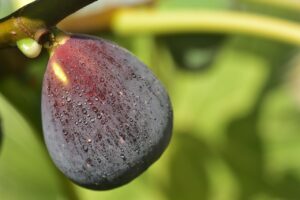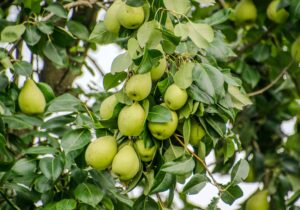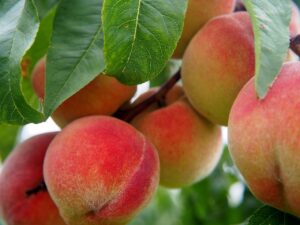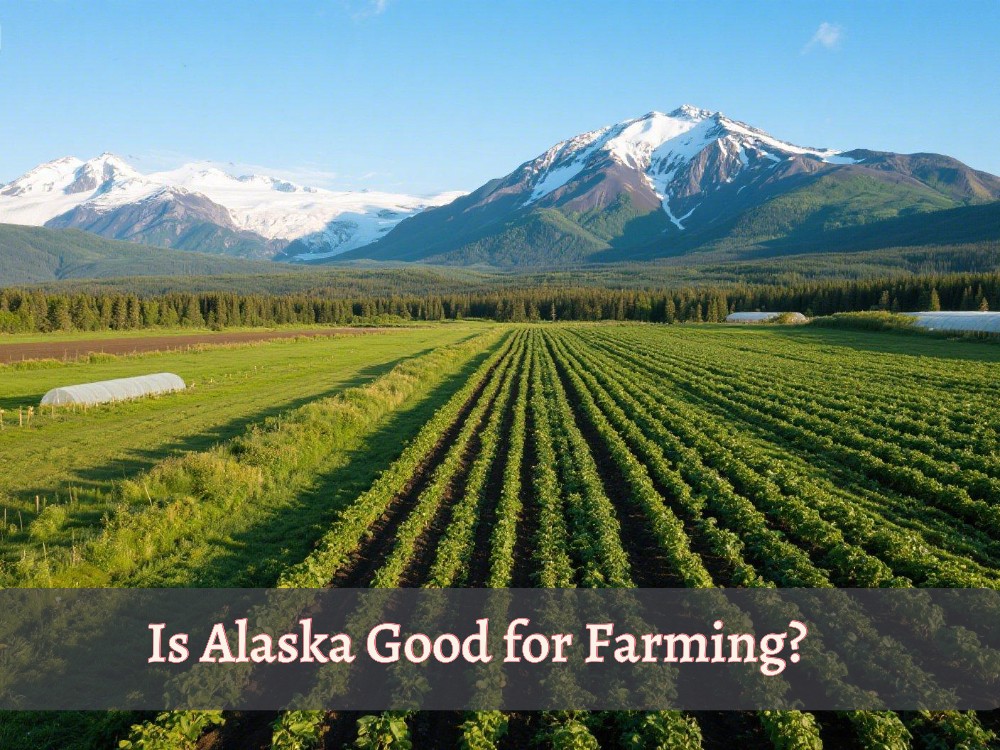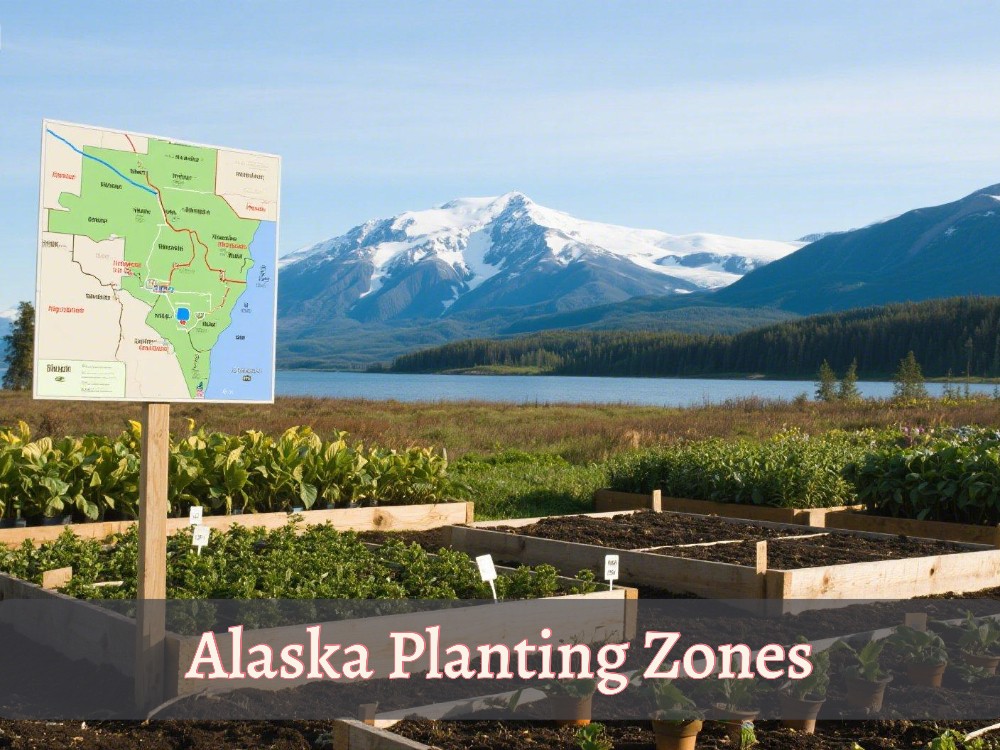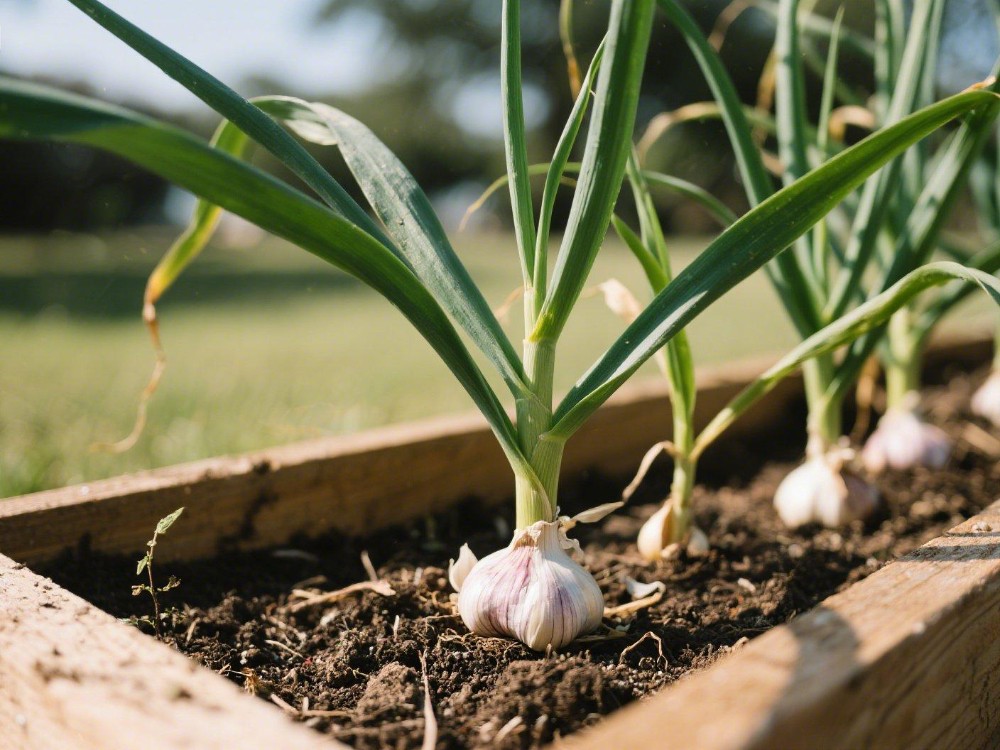If you live in Texas, you are naturally in a place where gardening can be an excellent experience. Texas offers mild to warmer climates with USDA zones from 6 to 10. Although the growing season may be slightly shorter in northern Texas, southern Texas gives year-round opportunities to connect with land.
Therefore, Agriculture has become a lifestyle there. To further enhance this lifestyle, you must understand how long the growing season in Texas is and when the first and last frost dates start. This idea helps you to decide the right planting time for any crop in Texas.
Texas growing seasons are Different from Area to Area! Not only frost duration is also distinct locally!
Therefore, many professional associations offer tools to discover the first and last frost dates with zip codes. The remaining period from the last to the first frost date is called the growing season in Texas.
This content describes growing season and frost duration dates based on cardinal direction, USDA zones, and other updated research of 2025. I hope it will give you a general estimation.
How Long is the Growing Season in Texas?
The growing season in Texas is the period for gardening from the last frost date to the first frost date. After Alaska, Texas is the second-largest state in the U.S., with major cities: Dallas, Houston, and San Antonio.
Compared to Alaska, where the growing season is very short, 60 to 110 days, Texas experiences long growing seasons of about 200 to 300, even a whole year in south Texas is also examined.
Do you know? In Alaska, farming is becoming not only possible but also good due to climate changes and other human activities.
Frost Duration and Growing Seasons in Texas: Dates, Days and Month
Before the growing season in Texas, understand when your soil can start and stop freezing. You can easily extract the growing season after examining frost dates and duration in Texas.
Frost dates and growing seasons may be different by 2 to 3 months in the same state. For example:
South Texas
The weather remains mostly warm in south Texas, and winter comes late within a short period. The frost period starts in December and ends in February; even in some areas, frost is about nothing.
The growing season is 270 to 300 days from San Antonio to Laredo, lasting 9 to 11 months from February to December, meaning that gardeners can sow and harvest plants year-round.
| City | Last Spring Frost | First Fall Frost | Growing Season |
|---|---|---|---|
| San Antonio | ~March 1 | ~Nov 30 | ~275–280 days |
| Corpus Christi | ~Feb 15 | ~Dec 5 | ~295 days |
| Laredo | ~Feb 10 | ~Dec 10 | 300+ days |
East Texas
East Texas experiences frost of 2 to 3 months with slightly higher humidity. The first frost date starts from late to early November and ends in early to late February.
The growing season lasts for 290 to +300 days (9 to 10 months) from late February to late November in Houston, Sugar Land, and Galveston. East Texas offers fertile soil but with high humidity, attracting pests and disease.
| City | Last Spring Frost | First Fall Frost | Growing Season |
|---|---|---|---|
| Houston | ~Mid-February | ~Late November | ~290 days |
| Galveston | ~Early February | ~Early December | 300+ days |
| Sugar Land | ~Feb 20 | ~Nov 25 | ~285–290 days |
Central Texas
Central Texas (Austin and Waco) is between two extremes with a mild climate, neither too cold nor too hot. The average first frost starts in late November and ends in late March.
The remaining growing season is 240 to 270 days, or 8 to 9 months, from March to November. Central Texas experiences balanced frost duration and growing season. However, June and July are the warmest months there, so you have to take a break at this time.
| City | Last Spring Frost | First Fall Frost | Growing Season |
|---|---|---|---|
| Austin | ~March 14 | ~Nov 20 | ~260–270 days |
| Waco | ~March 15 | ~Nov 15 | ~250–260 days |
West Texas
West Texas (Lubbock, Abilene, Midland) experiences early frost with significant differences in day and night temperature. The frost lasts for 5 to 6 months, from late October to early April.
The growing season begins from mid-April to early October, lasting 180 days in Lubbock and 200 days in Midland, meaning that it becomes 6 months of average growing season in West Texas.
| City | Last Spring Frost | First Fall Frost | Growing Season |
|---|---|---|---|
| Abilene | ~March 22 | ~Nov 2 | ~225–240 days |
| Midland | ~Late March | ~Late October | ~220–230 days |
| Lubbock | ~April 10 | ~Oct 25 | ~200–215 days |
North Texas
Compared to the East, West, and South areas, frost comes early in North Texas and stays for a long time, about 3 to 5 months, from October to April.
In Dallas, Fort Worth, Tyler, and Amarillo, the growing season is of 250, 245, and 180 days, respectively. In months, it would be 6 to 7 months from late March to late October.
| City | Last Spring Frost | First Fall Frost | Growing Season |
|---|---|---|---|
| Dallas | ~March 12 | ~Nov 20 | ~250 days |
| Fort Worth | ~March 15 | ~Nov 18 | ~245 days |
| Tyler | ~March 15 | ~Nov 15 | ~245–250 days |
| Amarillo | ~April 20 | ~Oct 20 | ~180 days |
Minimum Temperature Range in Texas
The USDA department has made Hardiness zones to determine the minimum temperature in any area. There are 13 zones covering the whole U.S. from Alaska to Rhode Island.
Texas consists of 5 USDA zones from 6 to 10 with different minimum temperature ranges. However, you can explore your zone through the zip code. This USDA data helps us choose the right plant that can survive in those coldest points.
| Zone Number | Cities | Minimum Temperature Range |
|---|---|---|
| Zone 6 | Amarillo, Dalhart | -23°C to -17°C (or -10°F to 0°F) |
| Zone 7 | Lubbock, Wichita Falls, Abilene | -17°C to -12°C (or 0°F to 10°F) |
| Zone 8 | Dallas, Austin, Tyler | -12°C to -6°C (or 10°F to 20°F) |
| Zone 9 | Houston, San Antonio, Corpus Christi | -6°C to 0°C (or 20°F to 30°F) |
| Zone 10 | Brownsville, McAllen, Harlingen | 0°C to 6°C (or 30°F to 40°F) |
Recommended Plants for Texas’s Gardeners
Many plants survive without hesitation according to Texas climate, frost duration, and growing seasons.
However, unexpected weather conditions, such as sudden lowest temperature during night and highest during the day, rainfall, humidity, dryness, and sunlight fluctuations, affect any plant growth in both ways, positively and negatively. (Here’s how)
Here are some plant lists for Texas according to frost duration, growing season, and minimum temperature range.
Plants for North and West Texas
- Frost Duration: Mid-October to Late April
- Growing season: 180 to 250 days, 6 to 7 months
- USDA zones: 6b to 7b
- Minimum Temperature: -20 to -12C (-5 to 10F)
Plant List
- Annuals: Lettuce, Spinach, Kale, Carrots, Beets, Turnips, Radish, Marigold, Sunflower, Cornflower, Zinnias
- Biennials: Parsley, Sweet William, Foxglove, Caraway, Canterbury bells
- Perennials: Lavender, Yarrow, daylily, Rhuhbarb, Garlic, Russian sage, salvia
Plants for Central, South, and East Texas
- Frost Duration: Late November to February (equal to nothing in southern Texas)
- Growing Season: 200 to 350+ days, 9 to 11 months
- USDA zones: 8a to 10a
- Minimum Temperature: -12 to 1C (10 to 35F)
Plant list
- Annuals: Peppers, Tomatoes, Okra, Eggplant, Basil, Cucumber, Watermelon, Squash
- Biennials: Onion (when planted through seeds), Swiss chard, Foxglove, Parsley, Hollyhocks
- Perennials: Banana plant, Hibiscus, Lantana, Rosemary, Mint, Lemon balm, Butterfly bush, Society Garlic
Do you know? Choosing plants in any area is not limited to a list. To plant any crop type, you only need to treat them according to their care and maintenance, especially minimum temperature tolerances.
- What is the Best Shade Cloth for a Garden in Phoenix?
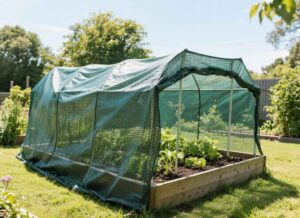
- Can You Grow a Loquat Tree in North Carolina?
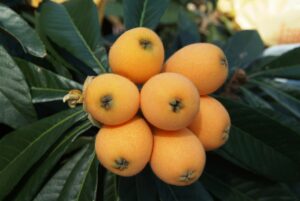
- Can You Grow Loquats in Georgia? What’s Reality
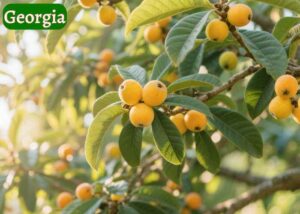
- When to Plant Loquat Seeds in Florida for Best Growth
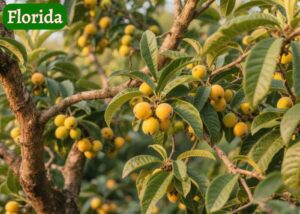
- Explore When to Plant Loquat Seeds in Texas
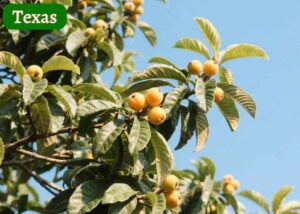
- Best Fruit Trees for Georgia: 4 Easy Choices for Beginners
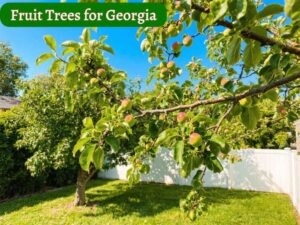
When to Start Planting in Texas?
The right planting time for any crop in any area depends on plant variety (its minimum and maximum temperature tolerances), frost duration, and the growing season of Texas. (Here’s, what factors change the planting time!)
According to Texas’s growing season and frost periods, planting time is different from area to area. For example:
In north Texas, frost comes early, so you have to plant between March and April, while in west Texas, rainfall is limited, so you should plant drought-tolerant crops from April to May.
Similarly, southern Texas is almost mild to warmer with little frost, silightly drought, and a long growing season. This area allows you to sow plants in both, spring and fall. However, from March to May would be the most suitable time.
Lastly, East Texas offers moist weather with heavy rainfall. Aquatic plants would stay happy there, and you need to plant between March and April.
Overall, planting time in Texas starts from March to May (Spring) and October to September (Fall). However, whether a plant is perennial, biennial, annual, or hardy annual also plays a role.


